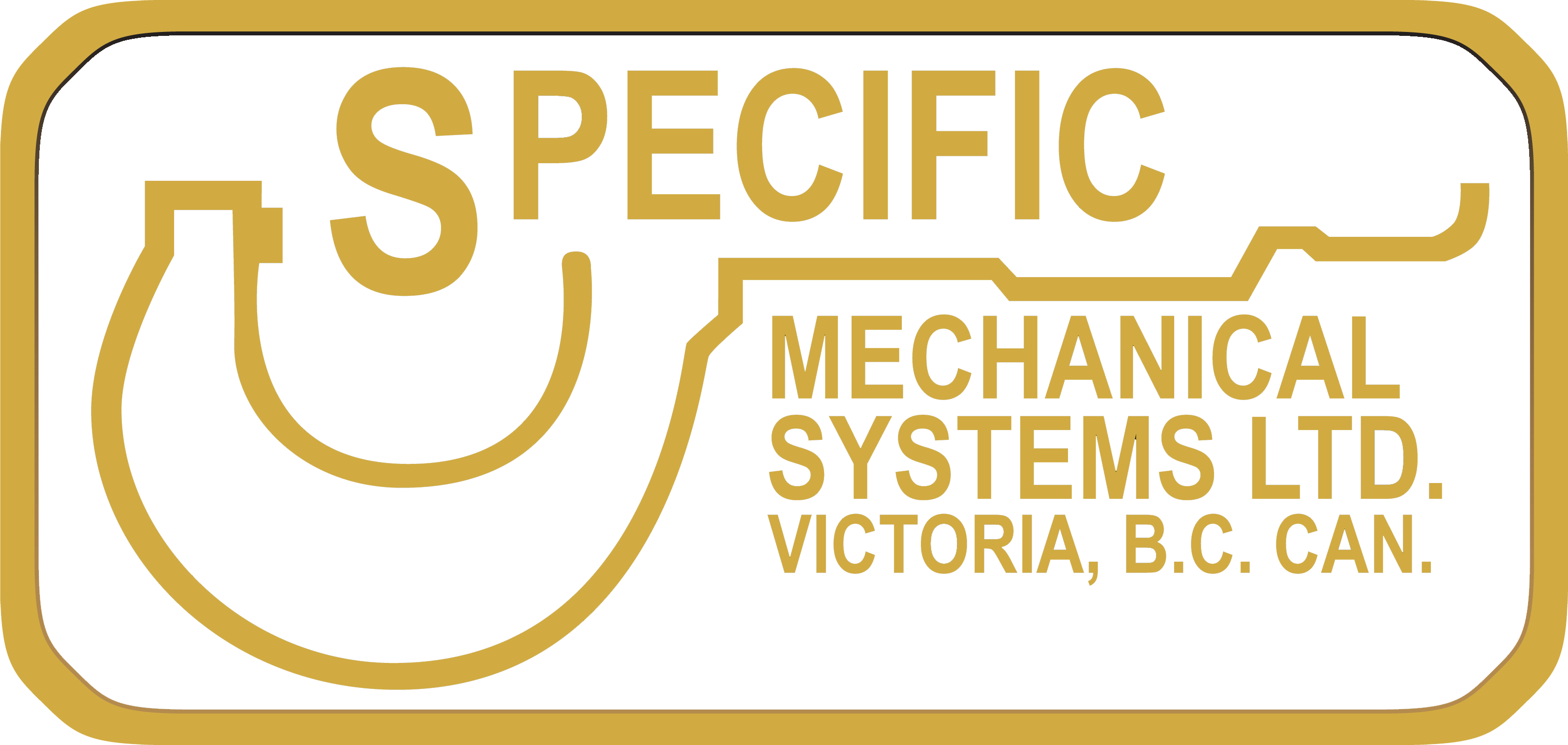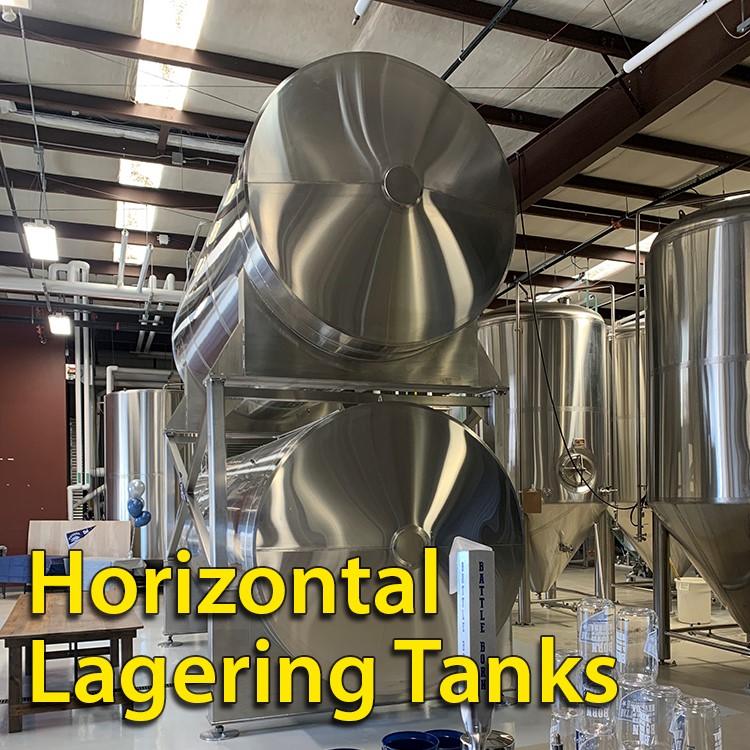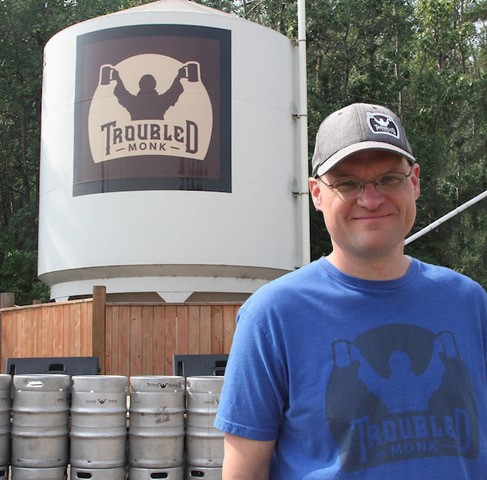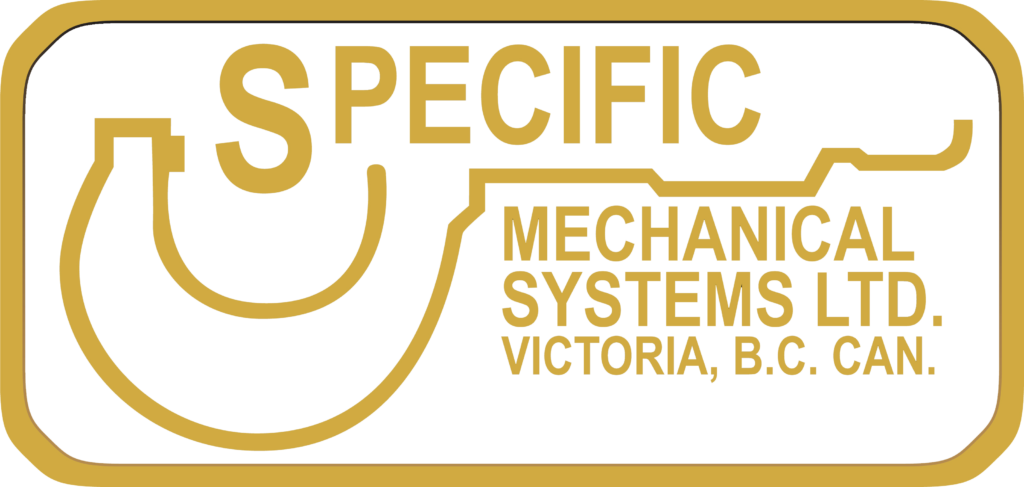Lagering is a critical phase in the beer brewing process that involves storing and conditioning the beer at lower temperatures for an extended period. This step is essential for developing the smooth, crisp, and well-rounded flavours that lagers are known for. When it comes to choosing the right equipment for lagering, one option that stands out is the horizontal lagering tank. This unique vessel offers several advantages that contribute to the quality and efficiency of the brewing process.
1. Surface Area for Consistent Temperature Distribution:
Horizontal lagering tanks possess a larger surface area compared to vertical tanks of similar capacity. This increased surface area allows for more even temperature distribution throughout the tank, ensuring that the beer is uniformly conditioned. Consistent temperature plays a pivotal role in achieving the desired flavor profile, preventing unwanted off-flavors, and promoting the development of a clean and balanced taste.
2. Natural Clarification and Settling:
Due to their horizontal orientation, these tanks promote the natural settling of solids and sediments at the bottom of the tank. This sedimentation process is aided by gravity and facilitated by the broader tank dimensions. The result is a clearer beer with reduced haze and improved visual appeal. This natural clarification can reduce the need for additional filtration, saving time and resources.
3. Efficient Carbonation and Yeast Management:
Carbonation, the process of infusing beer with carbon dioxide, is crucial for achieving the right mouthfeel and carbonation level in lagers. Horizontal tanks can facilitate this process efficiently. Additionally, the settling of yeast and other particulates at the bottom of the tank allows for easier yeast management and separation, leading to a cleaner and better-tasting final product.
4. Versatility and Space Efficiency:
Horizontal lagering tanks are often designed with the flexibility to serve dual purposes. They can be used for both fermentation and lagering, eliminating the need to transfer the beer between different vessels. This not only saves time but also reduces the risk of contamination and oxidation during transfers. Moreover, these tanks can be stacked or arranged side by side, making efficient use of space in a brewery setting.
5. Accessibility and Maintenance:
Maintenance and cleaning are essential aspects of brewery operations. The horizontal orientation of these tanks makes them easier to access and clean thoroughly. This accessibility minimizes the risk of bacterial or microbial growth and helps maintain a sanitary brewing environment.
In conclusion, the advantages of using a horizontal lagering tank are significant and can positively impact the quality, efficiency, and overall brewing process. The enhanced temperature distribution, natural settling, efficient carbonation, versatility, and accessibility make horizontal lagering tanks a valuable addition to any brewery seeking to produce exceptional lagers. By investing in this specialized equipment, brewers can elevate their craftsmanship and deliver consistently outstanding lagers to beer enthusiasts.






